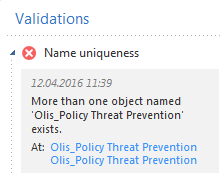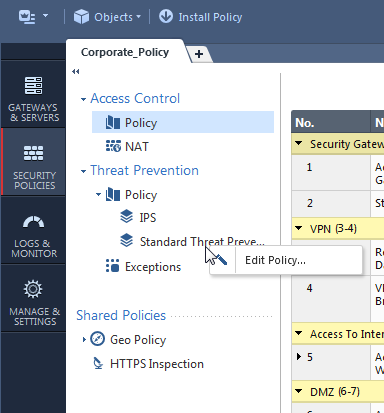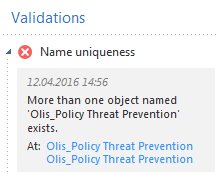- Products
Quantum
Secure the Network IoT Protect Maestro Management OpenTelemetry/Skyline Remote Access VPN SD-WAN Security Gateways SmartMove Smart-1 Cloud SMB Gateways (Spark) Threat PreventionCloudGuard CloudMates
Secure the Cloud CNAPP Cloud Network Security CloudGuard - WAF CloudMates General Talking Cloud Podcast - Learn
- Local User Groups
- Partners
- More
Are you a member of CheckMates?
×
Sign in with your Check Point UserCenter/PartnerMap account to access more great content and get a chance to win some Apple AirPods! If you don't have an account, create one now for free!
Thu 16 May 2024 @ 10:00 AM (CEST)
EMEA: Playblocks & MS Defender – Security Automation DeepDive into New Endpoint IntegrationThu 16 May 2024 @ 04:00 PM (CEST)
CheckMates Live DACH - ACHTUNG, Sie werden gehackt! So schützen Sie sich!Thu 16 May 2024 @ 05:00 PM (CEST)
Americas: Playblocks & MS Defender – Security Automation DeepDive into New Endpoint IntegrationFri 17 May 2024 @ 10:00 AM (CEST)
CheckMates Live Netherlands - Sessie 26: ElasticXL & VSNext DescriptionTue 21 May 2024 @ 10:00 AM (CEST)
CheckMates Live DACH - Einführung in Check Points Hyperscalinglösung - Quantum MaestroThu 16 May 2024 @ 04:00 PM (CEST)
CheckMates Live DACH - ACHTUNG, Sie werden gehackt! So schützen Sie sich!Fri 17 May 2024 @ 10:00 AM (CEST)
CheckMates Live Netherlands - Sessie 26: ElasticXL & VSNext DescriptionTue 21 May 2024 @ 10:00 AM (CEST)
CheckMates Live DACH - Einführung in Check Points Hyperscalinglösung - Quantum Maestro




